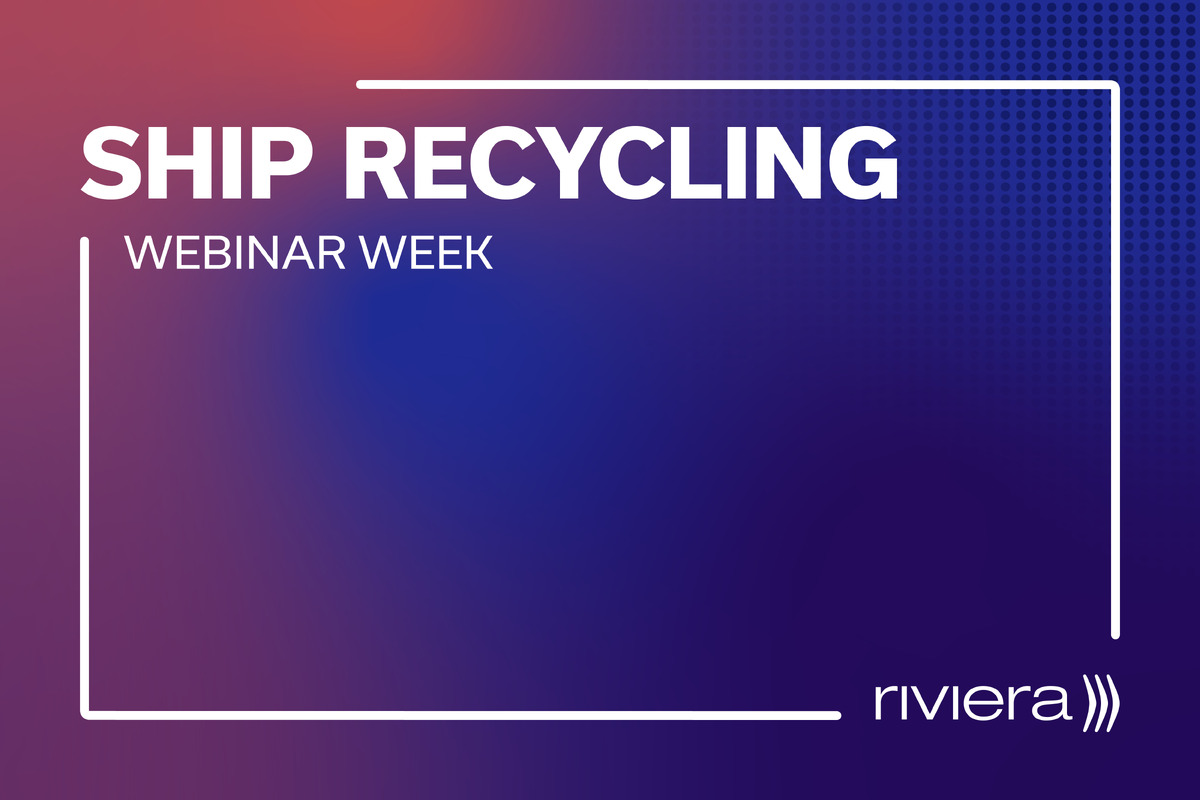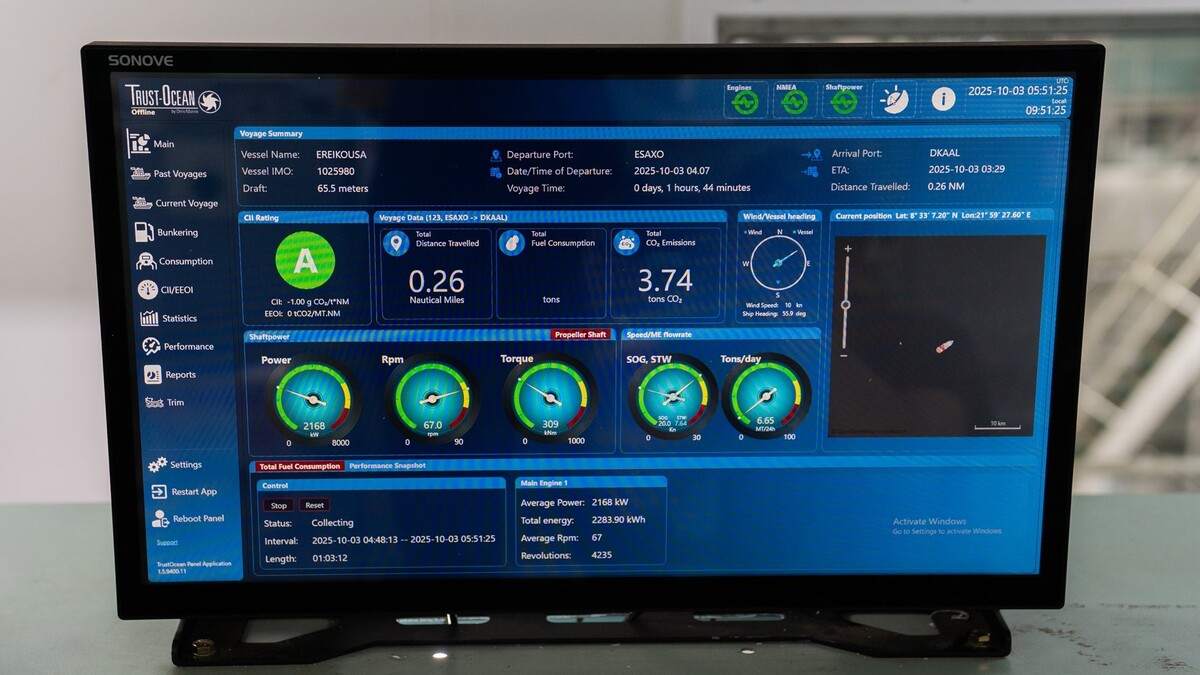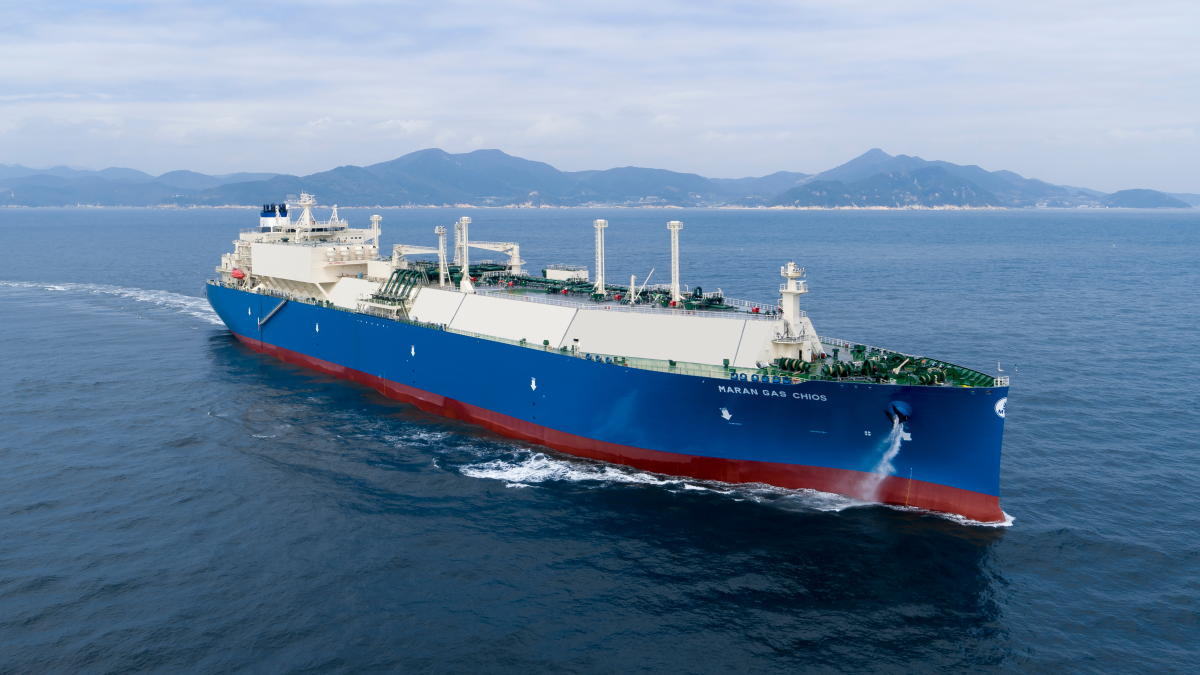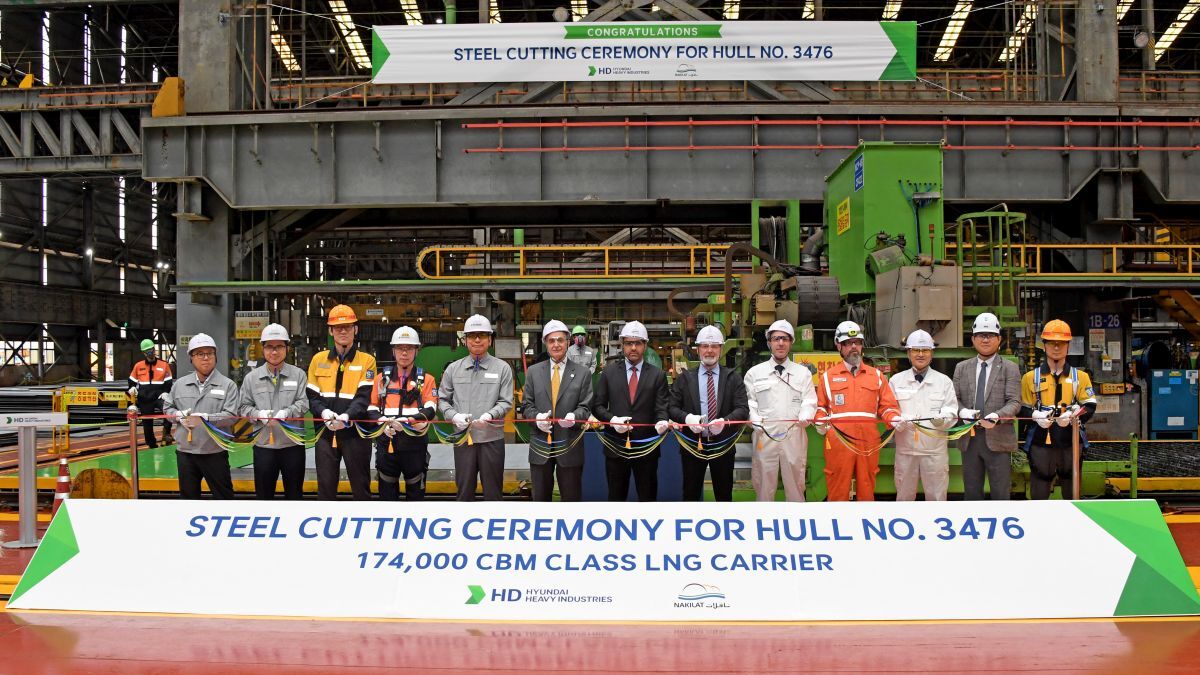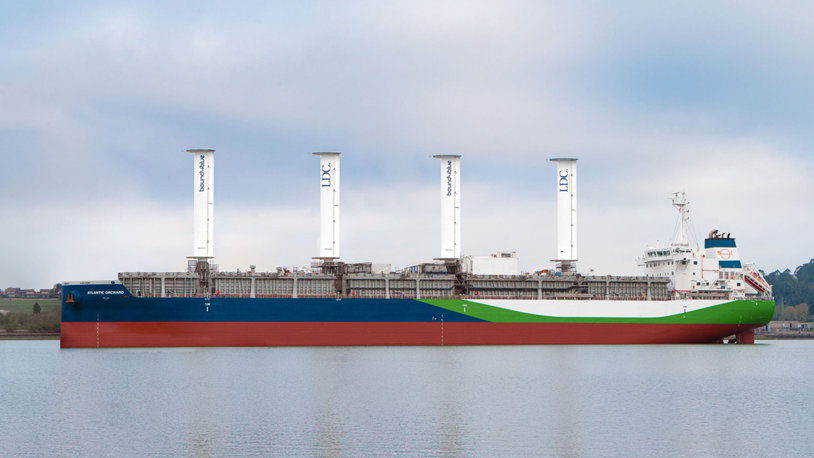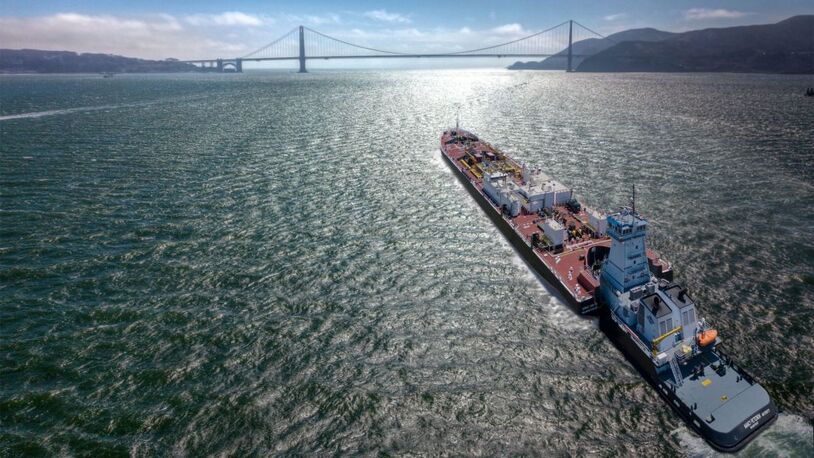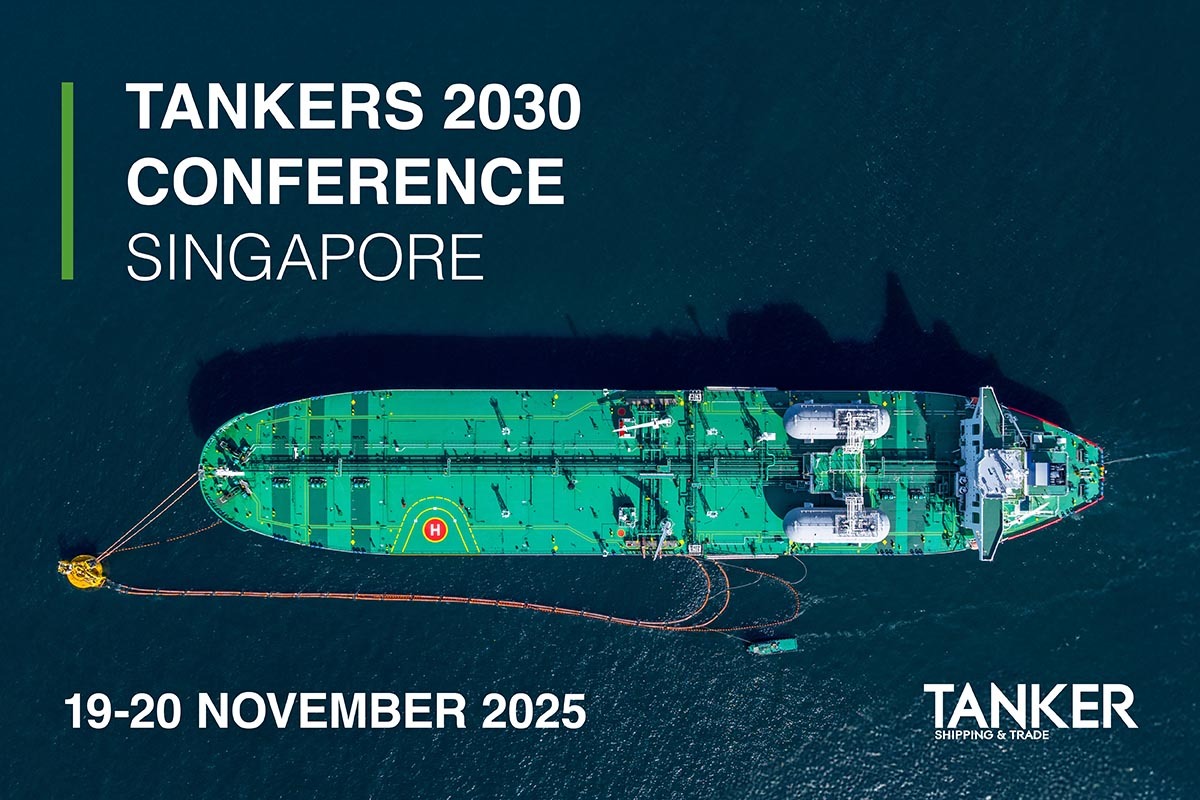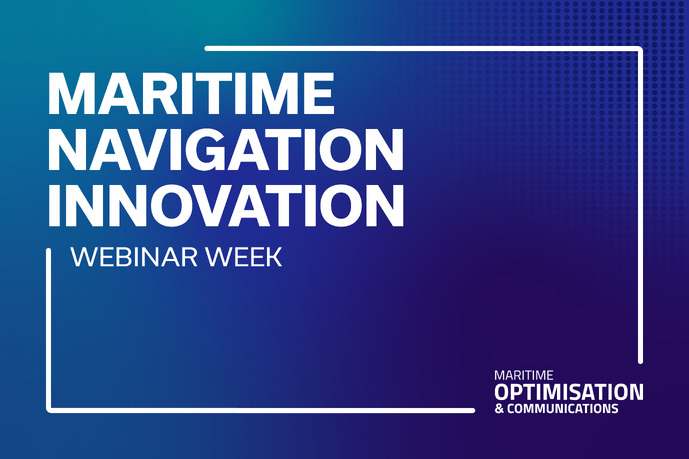Business Sectors
Events
Ship Recycling Webinar Week
Contents
Register to read more articles.
Updated Workboat Code provides guidance on remotely operated vessels
The UK Maritime and Coastguard Agency included an annex with regulations for unmanned vessels capable of towage in its Edition 3 code
Tugs are already highly automated with unmanned enginerooms, remotely controlled propulsion and fire-fighting systems, and in some cases, deck machinery managed from the wheelhouse. Class notations cover onboard automation, unmanned enginerooms, advanced bridge systems and propulsion controls.
For owners wishing to go further, there is guidance on remotely operated vessels in the new UK Workboat Code which entered into force in December 2023.
This is a new code of practice for the safety of towing vessels, workboats and pilot boats to draw together regulations on small commercial vessel safety and support technology advances across the sector.
The Workboat Code Edition 3 was summarised by Campbell Johnston Clark senior associate and CTRL Marine Solutions managing associate and director Helen McCormick. She says it is given legal effect by The Merchant Shipping (Small Workboats and Pilot Boats) Regulations 2023.
“The new code provides a revised framework for certification of the UK’s fleet of commercial support craft,” Ms McCormick says. “It will apply to existing vessels previously certificated under the Workboat Code Edition 2 from their next renewal examination or three years after entry into force - whichever is later - unless explicitly waived.”
Vessels whose keels are laid after entry into force of the code must meet Workboat Code Edition 3 requirements in full. The UK Maritime and Coastguard Agency merged three necessary regulations into one document when it wrote the code, so workboat owners and operators have a single source for the safety requirements expected of them.
“It also prepares the sector for emerging technologies by including the world’s first maritime safety legislation for the development of remotely operated unmanned vessels and workboats using alternative fuels,” says Ms McCormick.
On completion of Edition 3, MCA chief executive Virginia McVea says, “Months of consultation, study and refinement have delivered a unified set of clear workboat rules, which operators can rely on to run their activities safely and securely.
“We now have a code that is more easily accessible, simpler to understand and better able to drive forward the safety and prosperity of the UK’s workboat sector and wider marine economy.”
Annex 2 of Edition 3 is devoted to remotely controlled and unmanned vessels and includes general requirements, guidance on design, construction, operations and applications, fire appliances and alarms, connectivity and responding to distress. Sections also cover remote control and navigation of these vessels, anti-collision regulations, safety management, operational procedures and risk assessments.
These are requirements and guidance for operating remotely controlled vessels in UK waters or under the UK flag. The MCA, as UK administrator, can review any additional operational applications, such as using towing or lifting equipment or carrying hazardous materials, on a case-by-case basis.
Data logging and transmission
Working logs and voyage data recorders must be carried to record weather information, course and speed, any impairment of situational awareness, loss of signals or connectivity, duration of loss of steering, change in command, near misses and any transitions from manned and uncrewed operations.
Guidance is given on the vessel data parameters to be recorded as a minimum, both on board the vessel and at a remote operation centre, including information from a range of bridge equipment and sensors, including ECDIS, radar, automatic identification system, echo sounder, audio communications, propulsion controls, alarms and cameras.
Other data to be recorded includes date and time; vessel position, speed and heading; visual recording of workstations; rudder control and response; wind speed and direction; hull stresses and roll motions; and equipment deployment and recovery.
All data must be retained for at least 30 days, while owners need defined procedures for securing onboard and onshore data following an accident or incident to be supplied licence-free to the relevant investigating authority. Critical onboard equipment must have redundancy and high maintenance levels.
Within Edition 3, there is a section on installing and operating alarms and emergency response equipment including onboard fire-fighting systems and bilge pumps to prevent environmental emissions.
Sufficient alerts, monitoring, diagnostic tools and controls shall be available in the remote operation centre to aid identification and resolution of engineering faults, failures or unexpected events.
Emergency response
Alarms and warnings for anchoring or dynamic positioning systems must be audibly and visually displayed at the control positions. A fixed fire-fighting system must be self-activating and installed to extinguish blazes and to prevent a fire from spreading to other areas.
Critical equipment needs to be protected from areas identified as being of high risk from fire. Emergency power and back-up critical equipment must be located separately from main systems, located above the damage waterline and protected from fire.
Operators also require cameras and sensors installed within engine, machinery and battery spaces to provide adequate situational awareness during emergencies such as a fire, with output from these displayed at control positions.
All connectivity systems need to meet requirements for radiocommunications in Edition 3 and there must be a secondary communications system for use if the primary communication system fails to enable vessel locating information and basic vessel functionality, so operators can command the vessel to enter a safe state, activate emergency lights and receive and respond to critical alarms.
Sensors and cameras must be positioned to prevent damage or obstructions and should not be restricted by any cargo or payload. Vessels need signalling equipment and either an anchor system or certified dynamic positioning system to accurately maintain its position in all anticipated weather and operational conditions.
If remotely controlled vessels carry equipment for towing another vessel, they need to comply with Edition 3 requirements for towing arrangements, including a design for minimising the overturning moment due to the lead of the towline.
This vessel must be provided with a towline of minimum breaking strain of 2.5 times its bollard pull, and only use a towing hook, towing winch or towline. It needs to have a positive means of safe and rapid release in all anticipated operating conditions; and a documented and drilled procedure and means to release the tow as demonstrated to the approval of the certifying authority.
Training and risk assessment
In Edition 3, there are sections on training, safety and drills for personnel in remote operations centres, performance testing and maintenance of remotely controlled vessels and requirements for a qualified remote operator and workstations.
Operators are required to develop a detailed failure modes and effects analysis or fault tree analysis to identify hazards, potential failures and incidents, and their likely impacts.
Action plans must be developed to provide on-duty employees with the actions and equipment required to effectively resolve identified potential failures and incidents. Risk assessments need to consider loss of power, control, steering and connectivity, plus how vessels can enter a safe state appropriate to the intended conditions of operation, such as initiating dynamic positioning and shutting down non-essential systems, reducing speed or emitting audio and visual warnings to other water users.
At 270-plus pages, Edition 3 holds much information covering all aspects of the Workboat Code, and as a supplement, the MCA also issued Marine Information Notice 698 offering best practice guidelines for workboats and pilot boats certified under Edition 3.
The 27th International Tug & Salvage Convention, Exhibition & Awards will be held in association with Caterpillar in Dubai, UAE, 21-23 May 2024. Use this link for more details of this industry event and the associated social and networking opportunities; and this link to book your ticket for the exhibition, social gatherings and awards night.
Related to this Story
How new technologies help owners cut fuel costs, remain compliant
Events
Ship Recycling Webinar Week
International Bulk Shipping Conference 2025
Tankers 2030 Conference
Maritime Navigation Innovation Webinar Week
© 2024 Riviera Maritime Media Ltd.
